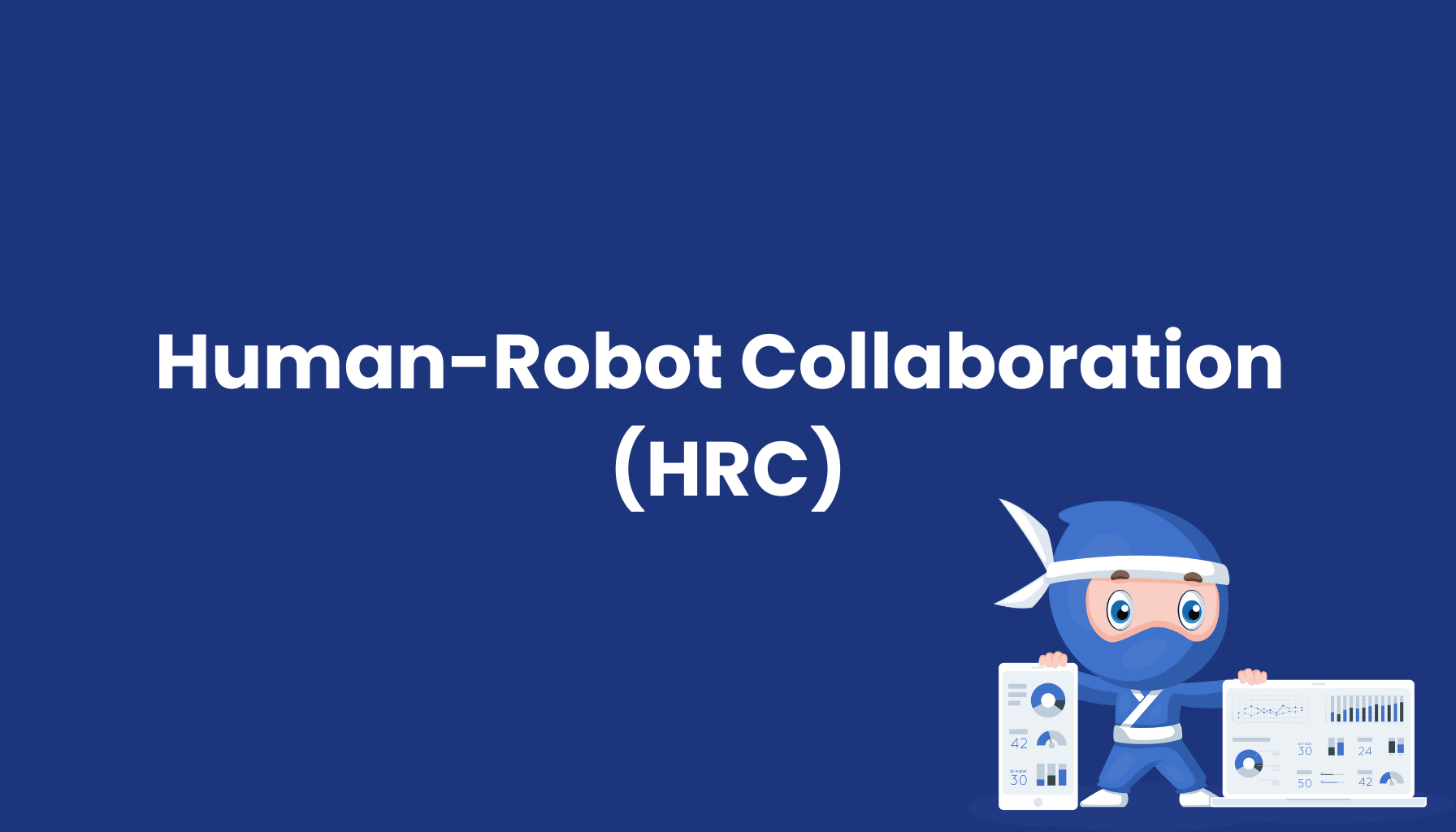Human-Robot Collaboration (HRC)

What is Human-Robot Collaboration (HRC)?
Human-Robot Collaboration (HRC) refers to systems where humans and robots work together in the same workspace without the need for safety barriers or protective cages. This collaboration is commonly used in tasks such as assembly and picking, with the goal of increasing efficiency and flexibility in industrial processes.
Key Features of Human-Robot Collaboration
- Safety Concepts: HRC systems are designed to detect and respond to human movements in real time, ensuring a safe and efficient interaction between humans and robots.
- Efficiency Boost: Human-Robot Collaboration leverages the precision and endurance of robots combined with the cognitive abilities and flexibility of humans, leading to optimized production processes.
- Flexibility: HRC systems offer greater flexibility as both robots and humans can dynamically respond to changing production requirements.
Benefits of HRC in Production
- Productivity Increase: Collaboration between humans and robots results in significant productivity gains, as both actors bring their unique strengths to the production floor.
- Improved Working Conditions: HRC allows humans to delegate ergonomically strenuous tasks to robots, while they take on more complex and creative roles.
- Quality Improvement: Robots contribute to enhanced production quality by performing precise and repeatable tasks with zero errors.
The Future of Human-Robot Collaboration
With advancements in Artificial Intelligence (AI) and sensor technology, Human-Robot Collaboration is becoming smarter and more capable. This development has the potential to revolutionize manufacturing by setting new standards for efficiency, flexibility, and safety in production.




